The bushfire season is well and truly on for Australia, as witness the destructive fires raging in NSW. The fires will no doubt be followed by discussion about prevention of such disasters. Readers interested in the subject could do worse than look at two articles from the website The Conversation this weekend.
The first, ‘Sydney fires caused by people and nature’, by Ross Bradstock, canvasses the bushfire problem generally—the nature of our landscapes, vegetation patterns, climate change, interaction of people and nature. It contains a good general overview of the problem. A sample passage:
‘The fires yesterday didn’t start in remote areas and move into developed areas; rather they’re actually fires that started in developed areas. For example the fire at Springwood seems to have started close to property, and similarly the fire at Lithgow.
‘These fires are a combination of natural and human factors. Without pre-empting the authorities, its likely that some of them are human-caused (directly or indirectly) rather than originating from lightning.
‘We know from spatial mapping of ignition patterns over the past few decades that most fires start close to human development or human transport corridors in the Sydney region. The way people live in the landscape now is influencing the fire regime, and that pattern is overlaid on additional natural ignitions from lightning.’
The second, ‘We know what starts fires, are we brave enough to prevent them?’ by Janet Stanley, deals more specifically with questions of prevention, in particular of arson. Here’s a representative passage:
‘Of the up to 60,000 bushfires which occur in Australia annually, it is thought that close to half of these are deliberately lit.
‘Arson is used here in a broad sense – about 30% are known or suspected to be deliberately lit; about 20% are accidental fires, often arising from reckless behaviour; and a large 42% have an unknown cause.
‘Indeed, recorded incidents of arson have grown 2000% since 1974, doubling every eight years since 1964.’
About 40 % of arson events are caused by adolescents, Stanley claims: and a concerted effort at understanding the reasons for this would be one constructive approach to bushfire prevention. ‘Our knowledge about arson attacks and about how to prevent them is extremely poor.’

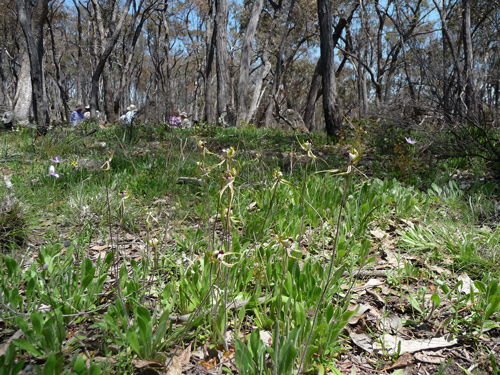
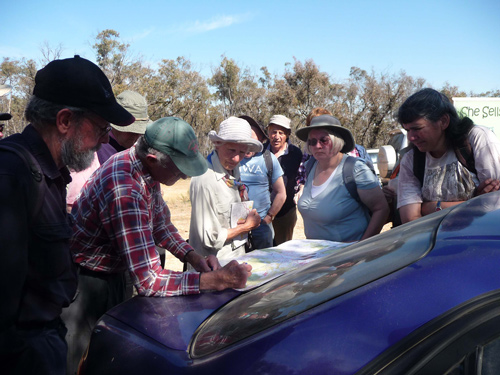
![Pollanisus viridipulverulenta [try saying that quickly!] pn Wahlenbergia flower, Cobblers Gully, November 5 2013](https://www.fobif.org.au/admin/wp-content/uploads/2013/11/cobblers-gy-5-11-13-013-800x600.jpg)
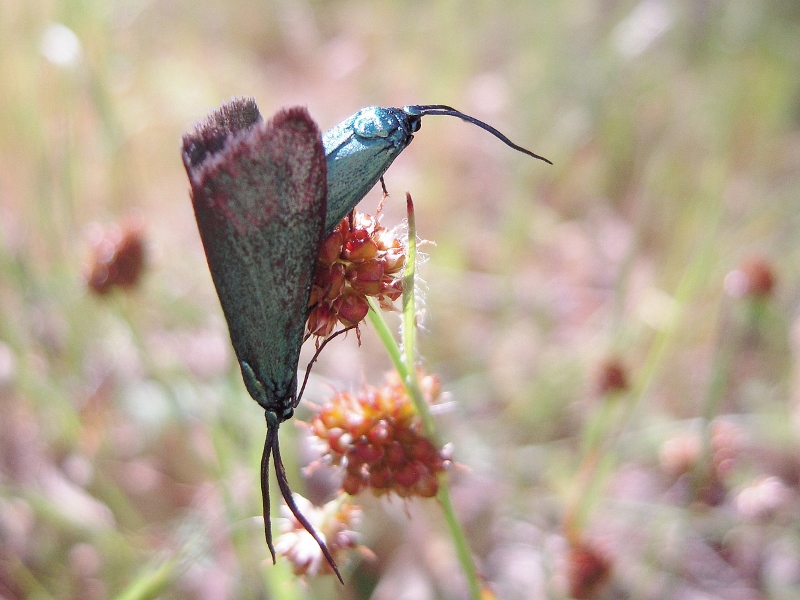
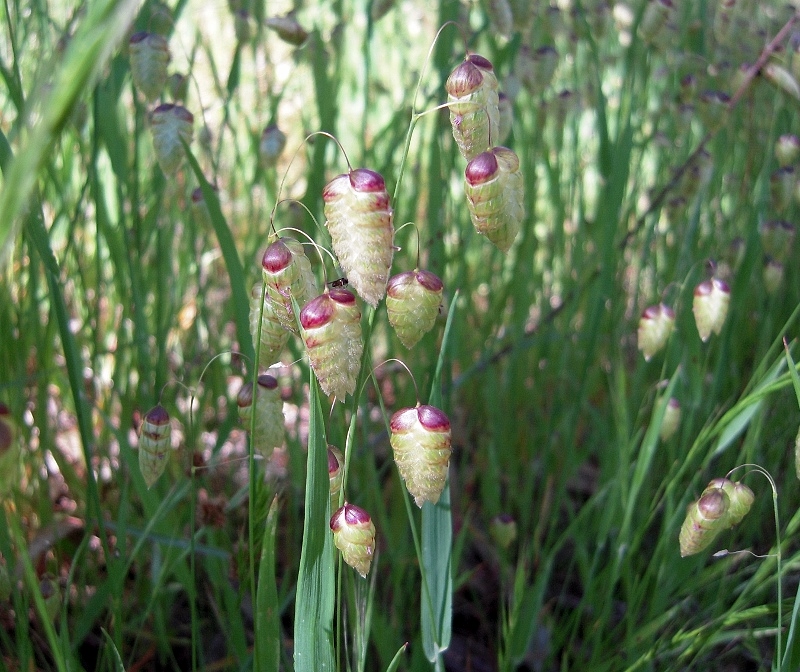
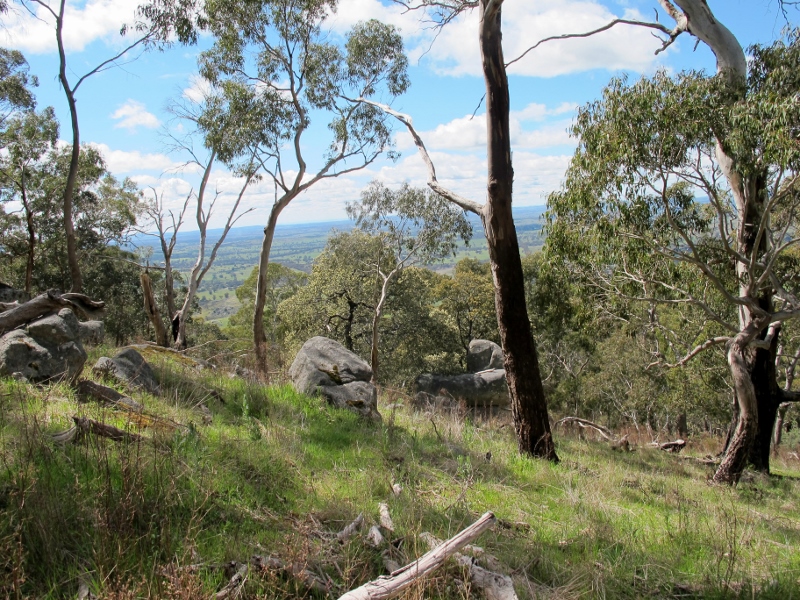
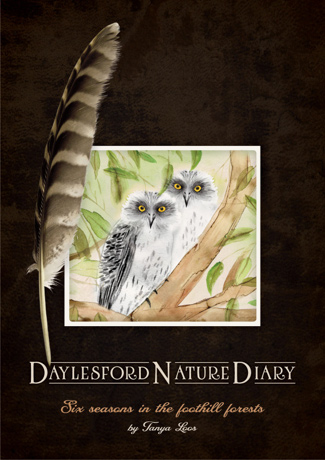
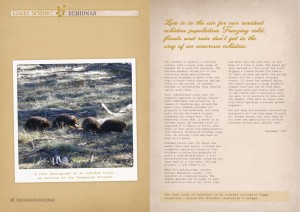
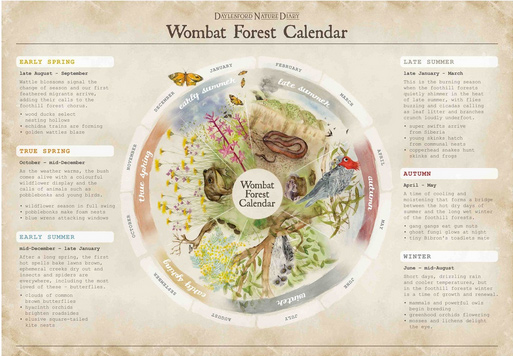
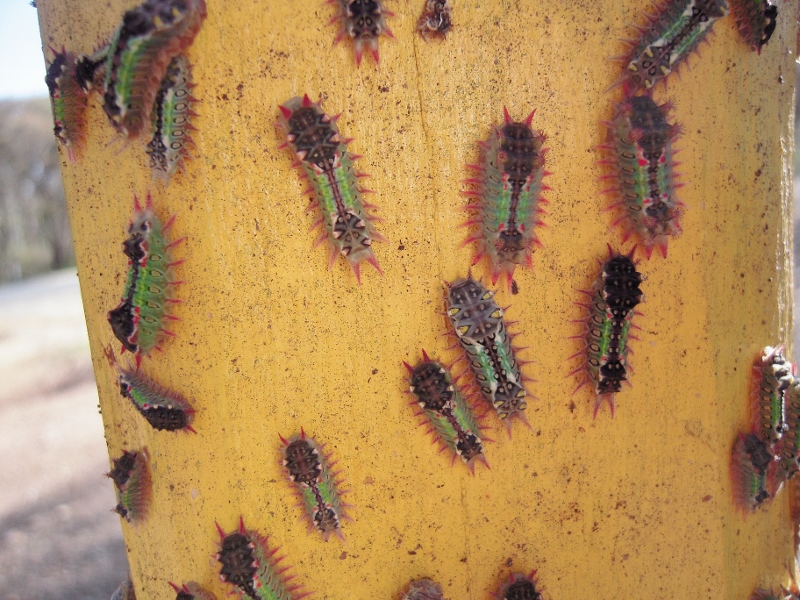



 Click on image for info/order page
Click on image for info/order page Click on image for info/order page
Click on image for info/order page Click on image for info/order page
Click on image for info/order page





















